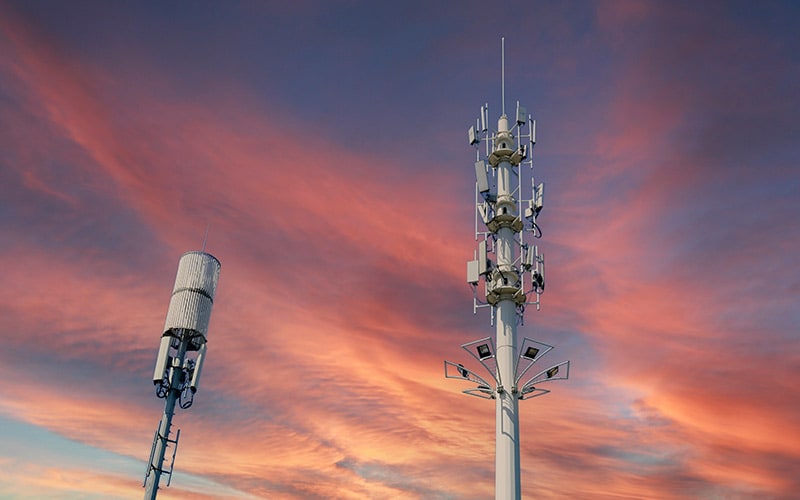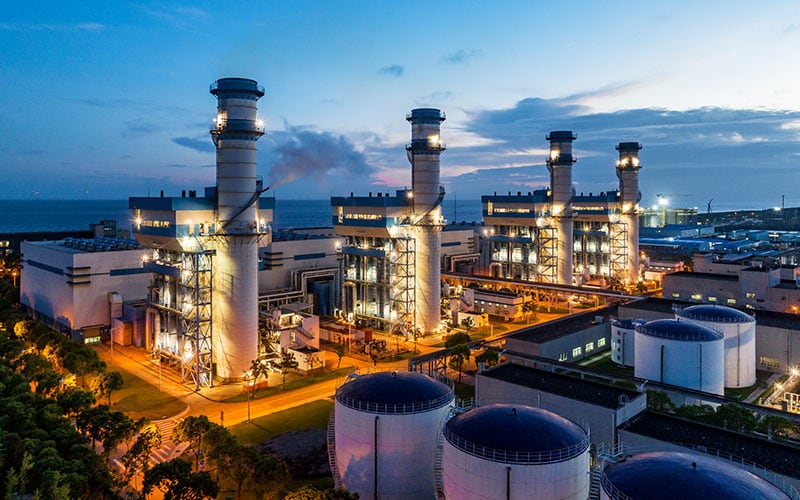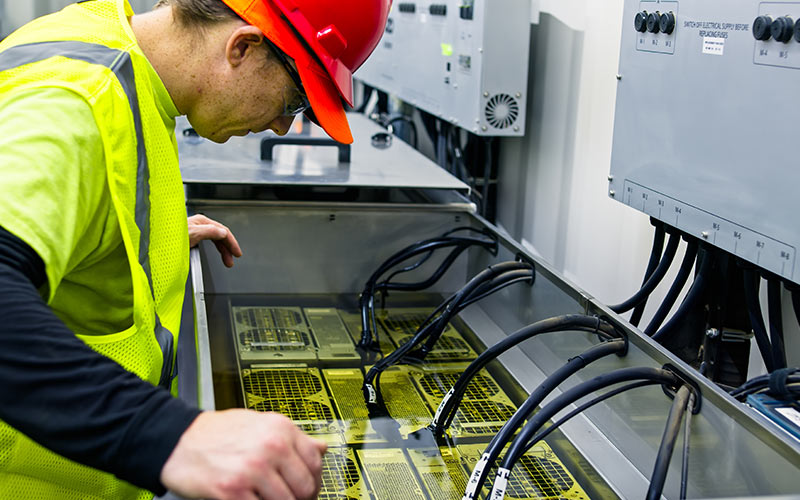Insights
- In 2022, the energy sector, including fuels to generate heat and electricity, accounted for 42% of global carbon emissions.
- Digital technologies are instrumental to measure, innovate, and develop a responsive closed-loop system for decarbonization.
- The four pillars of energy sector decarbonization are efficiency, electrification, low carbon energy, and carbon capture and storage.
- These pillars are at different stages of maturity, but implementable with existing technologies.
- Businesses must not depend on further pressure or stricter regulations to target their sustainability goals, but base their decarbonization and digitization business cases on a combination of operational improvements and risk mitigation.
- Digitization solutions should be designed for responsible usage, with optimal electricity and resource usage.
Decarbonization has evolved from a niche cause to global expectation. Yet real progress requires robust support from the energy industry. In 2022, the energy sector, including fuels to generate heat and electricity, accounted for 42% of global carbon emissions, according to the International Energy Agency. Despite a 50% increase in renewable electricity capacity in 2023, greenhouse gas emissions continue to rise. Without this green investment, carbon emissions would have tripled from 2022.
While renewable electricity is crucial, alone it cannot fully decarbonize the energy sector. Digital technologies are instrumental to measure, innovate, and develop a responsive closed-loop system. Such systems measure parameters in real time and take prompt action to correct or escalate the problem. Recognizing their significance, the World Economic Forum has created a web page of “lighthouse” examples, illustrating how technologies can effectively achieve both business and sustainability goals such as decarbonization.
Digital technologies are instrumental to measure, innovate, and develop a closed-loop system for energy sector decarbonization.
The four pillars of energy sector decarbonization are (Figure 1):
- Energy efficiency. Reduce energy waste and improve fuel efficiency.
- Electrification. Combine renewable electricity sources with an efficient, smart grid for transmission.
- Low carbon energy. Develop sustainable fuels with lower greenhouse gas (GHG) emissions.
- Carbon capture and storage. Manage unavoidable emissions that cannot be eliminated in other stages.
Figure 1. Four pillars of energy sector decarbonization
Source: Infosys Knowledge Institute
These pillars are at different stages of maturity, and some require significant research and innovation to scale. However, all are implementable with existing technologies. Their pursuit enhances operational efficiency, reputation, and access to new markets. Figure 2 depicts technologies that support decarbonization efforts and practical sustainability initiatives.
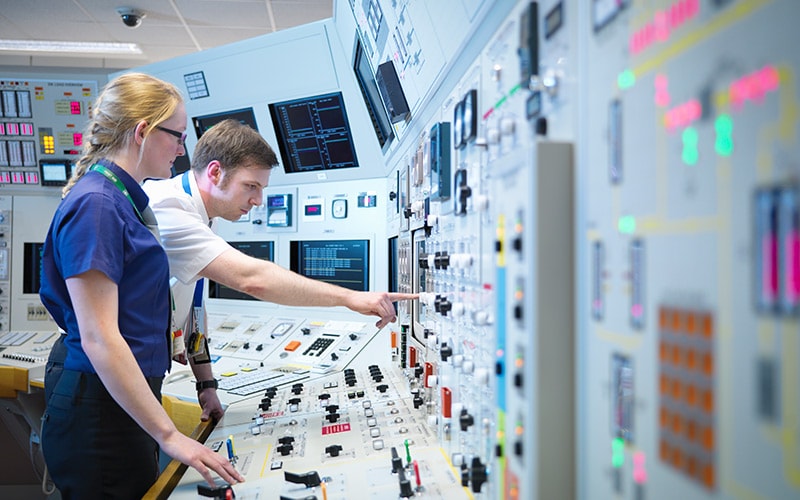
Figure 2. Technologies for energy sector decarbonization
Source: Infosys Knowledge Institute
5G for efficient, real-time communication
In many countries, spectrum liberalization, coupled with advances in standardization and security, have accelerated 5G for real-time bidirectional communication and edge decision-making.
In the energy industry, private and purpose-built 5G networks are gathering momentum to improve safety and efficiency in challenging environments like oil rigs and power plants. Energy and mining rank highly in 5G adoption, just after manufacturing and transportation, according to a joint study by Infosys and Omdia.
Hitachi's US electric motor vehicle assembly plant showcases how manufacturers use private 5G, cloud, computer vision, and artificial intelligence (AI), to enhance quality inspection. A high-definition, real-time video feed detects even sub-millimeter component defects. 5G provides the necessary high throughput and low latency to simultaneously inspect up to 24 components, a valuable capability in the energy industry for leak monitoring and real-time predictive analytics to anticipate equipment failures.
While many manufacturing plants operate with fast internet access, many energy and mining facilities lack this enabling capability. However, low earth orbit satellite internet providers such as Starlink and OneWeb offer sufficient bandwidth to fuel private 5G networks. Combined, these technologies bring 5G's low latency, high bandwidth, data slicing, and other advanced features to offshore drilling rigs, remote mines, and vast pipeline networks.
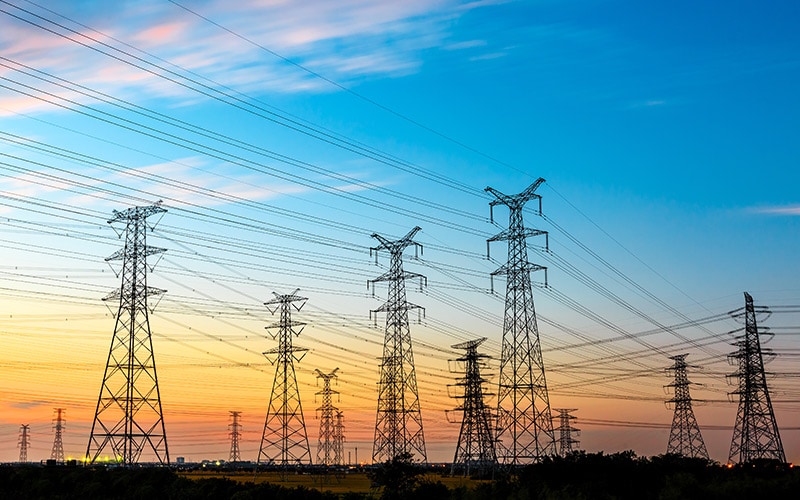
Improved connectivity enhances equipment automation, including transportation vehicles. Autonomous mining trucks constitute a $1.6 billion market, projected to grow exponentially in the coming decade. Paired with electric or green hydrogen-powered vehicles, this level of automation delivers efficiency and sustainability. Hydrogen fuel cell vehicles offer higher energy density per kilogram compared to fossil fuel vehicles, and much shorter charging times than electric vehicles. They are developed and piloted in niche areas such as mines and ports, not needing a wide-spread network of charging stations. The Port of Los Angeles deployed hydrogen fuel cell trucks for freight handling. These opportunities extend to resource extraction and transportation operations in remote areas.
Cloud for system-of-record
Cloud computing offers flexibility, reliability, and, in some cases, cost reduction. Infosys research found that companies move to cloud to replace or update their systems, and less for cost reduction. One of the most important motivators is access to new technologies or capabilities, such as AI, according to Cloud Radar 2023. Companies often struggle to accumulate the needed data and run demanding algorithms with an outdated tech stack.
A common carbon reduction hurdle organizations face is determining their actual emissions. Cloud enables centralized storage and data management, including electricity usage details and estimated greenhouse gas emissions. Data consolidation and real-time monitoring facilitate accurate and actionable analysis of an organization’s carbon footprint — a necessary precursor to adopt new sustainability practices and determine related costs.
Cloud sustainability solutions enable the following:
Predictive analytics utilize advanced algorithms and machine learning to enable companies to forecast their future environmental impact, based on historical data and changes in market and business operations. Decisions made today affect sustainability metrics for years or even decades. Infosys partnered with SAP to create an SAP platform application that identifies, tracks, predicts, and refines carbon emissions during sales and operations planning. The technology also assists oil and gas companies to identify leaks, damaged equipment, and other hazards critical to business and sustainability reasons.
Collaboration and reporting are vital to sustainability efforts, as data should not be sequestered in silos. Information sharing is critical among stakeholders, spanning employees, suppliers, customers, regulators, and capital markets. Internally, sustainability data needs to flow freely to both incentivize employees to accelerate sustainability efforts and find solutions overlooked by the C-Suite. Externally, sustainability efforts backed by credible data enhance corporate reputations, streamlines regulatory reporting, and may even improve financial performance.
Data gathering is streamlined through cloud platforms. Organizations collect data effectively from internet of things (IoT) devices and sensor networks. These sources provide real-time data from energy meters, vehicles, remote machinery, building systems, and relevant locations. This data supports continuous improvement of sustainability efforts through tracking progress, evaluating performance, and developing new strategies.
Cloud is itself a sustainability opportunity for companies. Information and communication technology accounts for 1.8% to 2.8% of GHG emissions globally. The University of Illinois Urbana-Champaign and Infosys together developed a self-driving, sustainable cloud, which uses AI and machine learning algorithms to allocate workloads. The “AI blanket” control layer assigns resources in the most energy efficient way possible, while still meeting multiple rigorous service level agreements.

AI for optimization and automation
The Infosys Knowledge Institute Generative AI Radar study for North America found that the energy industry exhibits a 63% readiness level to adopt generative AI — ranked third, behind finance and high-tech. But this transition to adopting generative AI isn’t without challenges, and the biggest is lack of usable data. Field equipment in rugged environments generates data with a high noise level that requires filtering. Incomplete data sets due to unreliable communication should be either dropped or made complete using synthetic data generated algorithmically.
Siemens recently introduced generative AI in its Senseye tool for predictive maintenance. This tool processes data from maintenance software applications on a private cloud setup and provides insights to factory managers. Generative AI offers a conversational user interface that enables shop floor staff to interact with maintenance experts and enhance decision-making.
Generative AI will help energy companies optimize production methods, reduce waste, and improve energy source efficiency. Shell’s plan to use generative AI for seismic imaging in deep sea oil exploration aims to streamline data scans and subsurface imaging, potentially reducing the cycle time from nine months to nine days, saving costs and boosting offshore oil output. This approach will decrease the demand for high-performance computing and simplify exploration efforts, yielding sustainability benefits.
The technology also aids carbon capture and storage. At the Argonne National Laboratory in the US, researchers use generative AI and machine learning to develop new, cost-effective materials for advanced carbon capture efforts. Researchers there assembled more than 120,000 metal-organic frameworks — porous materials that absorb carbon dioxide — in just 30 minutes.
Digital twins for simulation
The modern grid faces heightened stress due to extreme weather, aging infrastructure, growing demand from emerging sectors like electric mobility, and increased local renewable energy sources on the supply side.
The US experienced more than 180 major grid disruptions in 2020, a stark contrast to fewer than two dozen in 2000. Consumers faced 1.4 outages and 5.5 outage hours in 2022, primarily due to extreme weather. Digital twins play an important role to create virtual replicas of a grid and to plan, operate, simulate, and optimize day-to-day-operations. A more resilient and efficient grid is needed to accommodate extreme weather, greater electricity demand, and higher renewable energy production. Digital twins for grid management can yield over 10% savings and 20% return on assets via real-time operational simulations. This includes electricity generation, transmission, and asset distribution.
For example, the UK’s National Grid worked with Utilidata and Sense on digital twins that map electricity flow, voltage, and infrastructure from substations to end users. General Electric built digital twins for its power generation customers to manage tradeoffs between minimizing fuel usage and maximizing output. GE’s enterprise-scale digital twins simulate full-scale, complex systems to simulate what-if scenarios and determine optimum performance indicators for situations with highest occurrence probability. Committed power output is achieved through minimal fuel consumption to save costs, or at the maximum output during peak hours at the highest possible price. Both extreme scenarios can be simulated to be ready with procedures when they actually occur. Augmented reality and virtual reality (AR/VR) visualize complex systems in a virtual world.
SMOC to manage energy consumption
Automated meter reading (AMR) revolutionized power consumption monitoring in the US by replacing electromechanical meters and offered remote meter reading capabilities, greater accuracy, and cost savings. By 2022, an estimated 78% of US household had smart meters. AMR created a foundation for two-way communication between consumers and utilities, and it fostered advanced metering infrastructure (AMI) for grid modernization. However, large-scale AMI deployment introduced inconsistent data formats, interoperability issues, and cybersecurity concerns.
To manage these complexities, utilities require a centralized, multiutility, smart meter operations center (SMOC). These SMOCs monitor and manage smart meter assets, their communication, and underlying key performance indicators for AMI processes. It provides a 360-degree perspective of critical AMI business functions and manages smart metering processes, from energy consumption to revenue recognition.
SMOCs are pivotal to decarbonization, incentivizing end users to reduce electricity consumption and providing grid operators with detailed data on customer patterns. In 2022, more than 15 million US homes and businesses used time-varying pricing programs for their electricity service, according to the Edison Foundation’s Institute for Electric Innovation. These programs incentivize customers to shift electricity usage to low-priced periods, which often coincides with increased renewable energy supply.
Next steps toward sustainability
Despite recent pushback, particularly in the US, the pressure to decarbonize is not going away. It's just that companies may not achieve aggressive sustainability goals as quickly as originally declared in public forums. Businesses must not depend for further pressure or stricter regulations to act, and base their business cases on a combination of operational improvements and future risk mitigation. The steps below allow enterprises to move forward with sustainability without harming their underlying business.
Businesses must not depend on further pressure to decarbonize, and base their business cases on a combination of improvements and mitigations.
- Knowledge platform membership. Carbon emission reduction is an ecosystem play with diverse stakeholders. Membership in initiatives like the 2050 Pathways Platform provides financial and technical assistance and capacity building through training sessions and workshops.
- Industry cloud for carbon accounting. An industry-specific, central cloud-based platform for carbon accounting avoids data silos across the energy ecosystem. It establishes a single system-of-record and leverages best practices. Carbon emissions from cloud computing are monitored and controlled with experts, instead of each stakeholder hosting their own IT infrastructure.
- Responsible technology usage. While technologies may codify sustainable practices, they contribute to CO2 emissions as well. Digitization solutions should be designed to optimize electricity and resource usage, such as telecom bandwidth and storage capacity.
